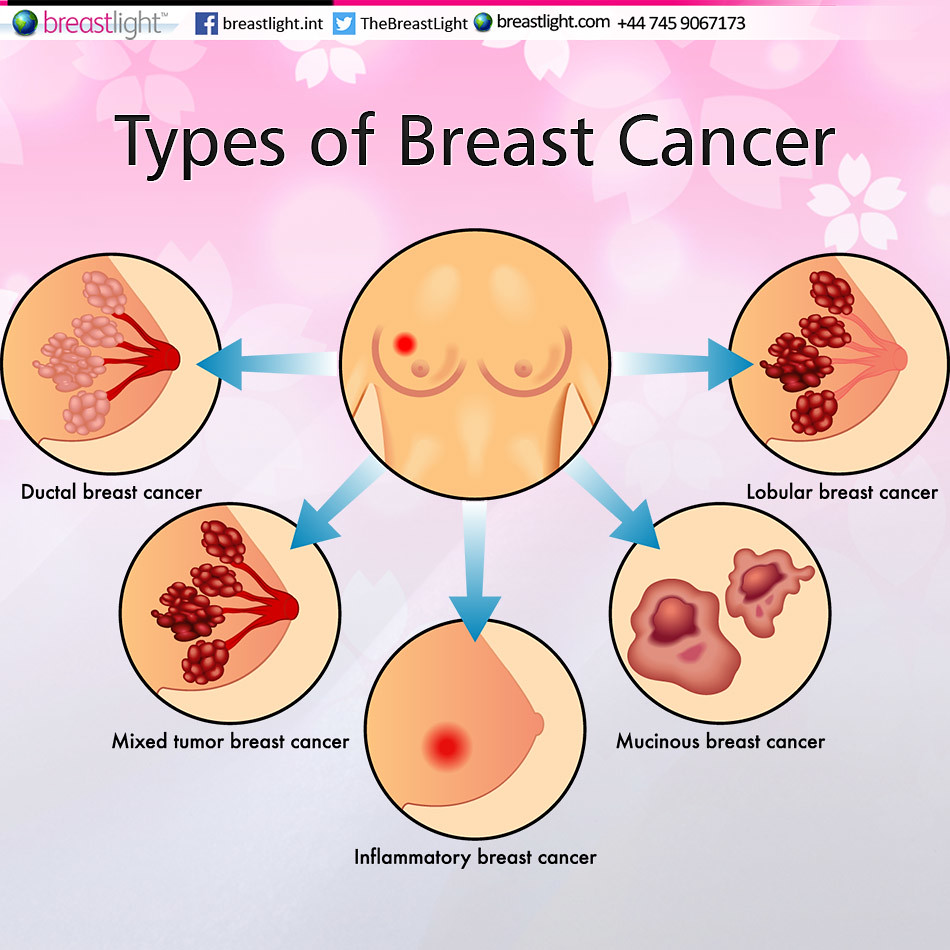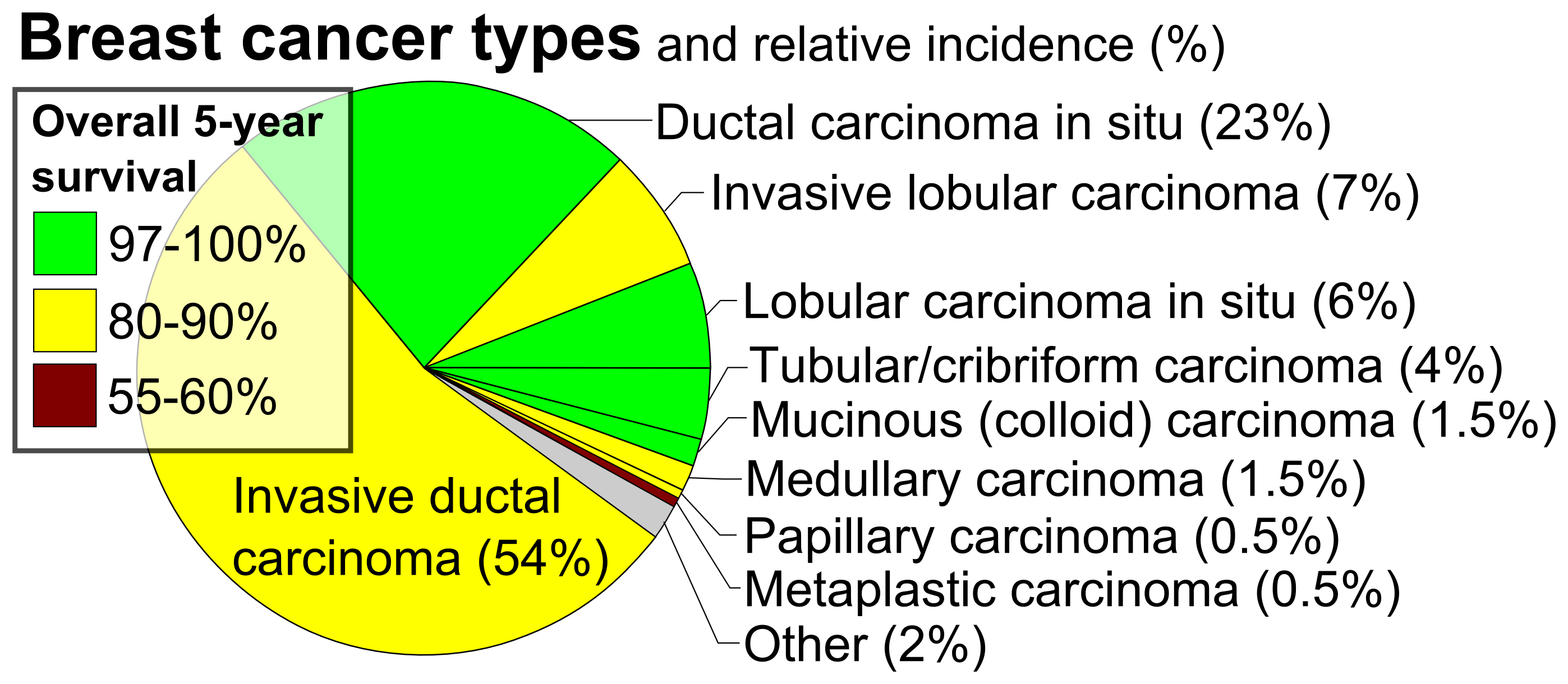Possible symptoms of breast cancer to watch for include. Early Detection Diagnosis and Staging.
/male-breast-cancer-symptoms-and-signs-513617-v12-664720e0a411499594c4b3868893e954.png) Breast Cancer In Males Symptoms Causes Diagnosis Treatment
Breast Cancer In Males Symptoms Causes Diagnosis Treatment
Breast cancer in men appears as a lump in the breast tissue or in the lymph nodes near the breast area.

How to check for breast cancer in men. In 2017 alone 2470 men will be diagnosed with breast cancer. They will examine you and refer you to a breast clinic. Nipple retraction turning inward Redness or scaling of the nipple or breast skin.
How to Perform a Male Self Breast Exam Begin by standing in front of a mirror with your arms on your hips to tighten your chest muscles and inspect yourself. It is called a diagnostic mammogram when it is. You should get an appointment within 2 weeks.
Use your right hand fingers to check your left breast and your left hand fingers to check your right breast. Put your left hand under your head and perform the same exam on your left breast. Screening men for breast cancer has not been studied to know if it is helpful and mammography x-rays of the breast and ultrasound is usually only done if a lump is found.
Discharge from the nipple. This is where a small piece of breast tissue is removed using a needle. Check each breast one at a time.
Regular BSEs can help you know how your breasts normally look and feel. The nipple turning inwards. Watch for any changes such as dimpling swelling and areas around the nipple or if the nipple becomes inverted.
Fluid oozing from the nipple nipple discharge which may be streaked with blood. An MBSE is a way to check your breasts for lumps and other changes. Your doctor should take your medical history and give you a physical exam to check on the cause.
With your fingers flat against the breast press firmly in small clockwise circles. Careful breast exams might be useful for screening men with a strong family history of breast cancer andor with BRCA mutations found by genetic testing. Squeeze each nipple gently to check for discharge.
A mammogram is a low dose x-ray exam of the breast that allows doctors called radiologists to look for changes in breast tissue. If genetic testing shows that you have a BRCA1 or BRCA2 gene mutation your doctor will explain what you should do to find cancer early if you get it. A lump in the breast this is usually hard painless and does not move around within the breast.
In men mutations in the BRCA1 and BRCA2 genes can increase the risk of breast cancer high-grade prostate cancer and pancreatic cancer. Start at the outermost top edge of your breast and spiral. A lump or swelling which is often but not always painless.
Remember that your breast tissue extends to the. It can sometimes cause pain. Diagnosis of breast cancer in men You usually start by seeing your GP.
Know the signs and symptoms of breast cancer in men. Breast cancer and other breast problems are more common in women but can occur in men. Skin dimpling or puckering.
Local anaesthetic is used first to numb your skin so the biopsy needle does not hurt. Imaging tests for breast cancer in men. Your risk is increased if you have a family member with breast cancer or are taking certain medicines.
If a lump or unusual area is found in your breast a biopsy will be done to check if its cancer. Find out how breast cancer in men is tested for diagnosed and staged. The symptoms of breast cancer in men include.
If you have signs or symptoms that could mean breast cancer or another breast disease your doctor might recommend one or more or the following imaging tests.

